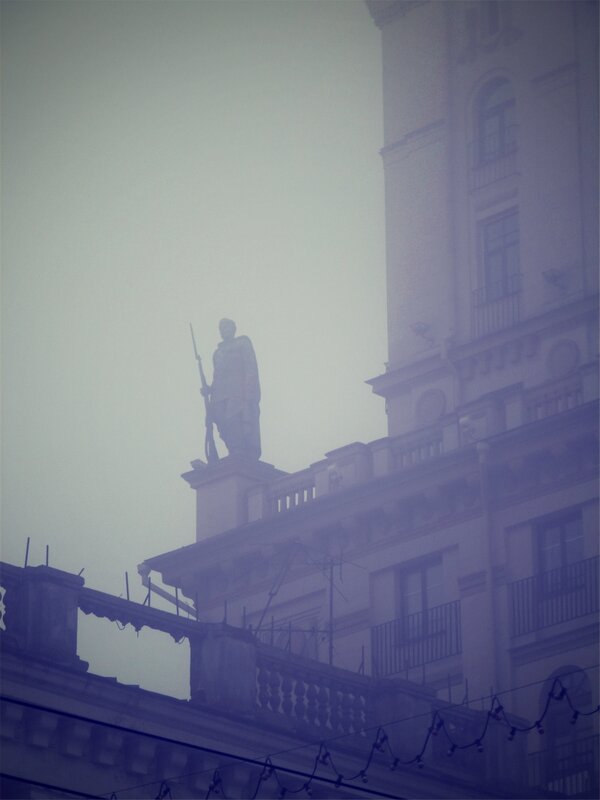An event
important for every anarchist happened on Saturday, September, 6 in Dmitrov, north of Moscow. Museum dedicated
to Peter Kropotkin was finally opened.
It is located in the house where the
prominent Russian anarchist spent the last years of his life. Dramatic history
of the house was once described in the article named “Dmitrov: the Long Returnof Kropotkin” by Piotr Ryabov. The latter came to the opening ceremony
demonstrating a badge with the house likely associated with the foundation of
the museum in the early 1990s.
Peter
Kropotkin moved to Dmitrov in 1918 after the quarters assigned to him in Moscow were requisitioned
by the Bolsheviks. As Jane Burbank wrote in her “Intelligentsia and Revolution”:
In Dmitrov,
forty miles north of Moscow,
Kropotkin and his wife subsited on the produce of their garden and the aid
offered by Kropotkin’s many admirers. He was helped in his old age by anarchist
friends from Russia
and abroad and by the local peasants, who revered their new neighbor. Isolated
from Russian politics and contacts with the West, Kropotkin devoted his time to
writing and to activity in his new community. Life in Dmitrov offered him a
chance to take part in the local communal organizations. He became a member of
the Dmitrov Union of Cooperatives, the town’s self-organized government, and
defended it against the encroachments of Soviet authorities until the
destruction of the union and arrest of all its leaders in November 1920.











